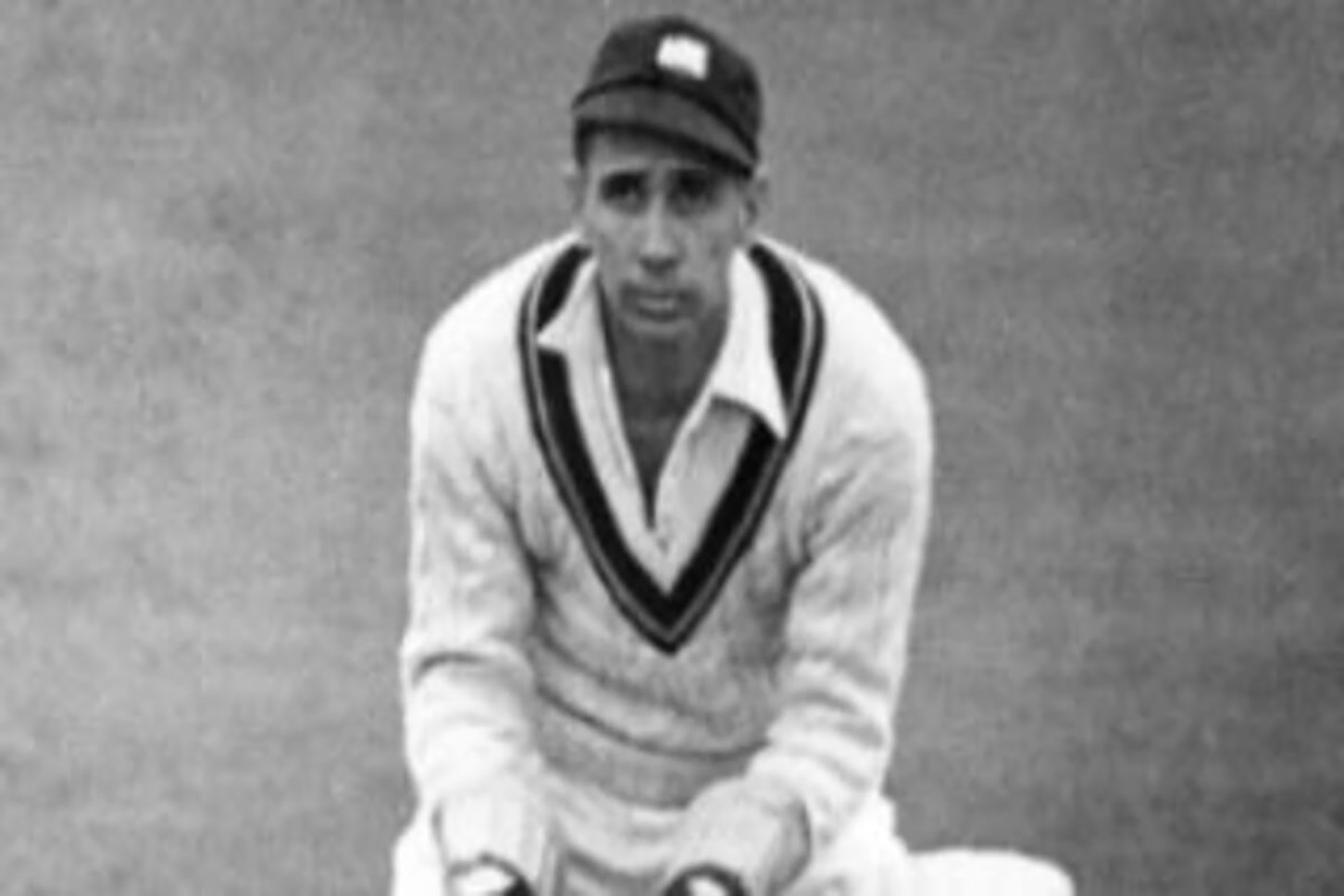click to dowload our latest edition
CLICK HERE TO SUBSCRIBE TO OUR NEWSLETTER


Published
3 years agoon
By
Luke AlfredMy guess is that you don’t know much about Ivan Barrow, or to give his splendid and gloriously antiquated full name, Ivanhoe Mordecai Barrow.
Barrow was a Jamaican cricketer of the 1930s, when cricket in the Caribbean was just beginning to establish itself, a fearless wicket-keeper in massive pads and strangely under-sized gloves, and an opening batsman who played 11 Tests.
Alongside teammates with names like Vincent Valentine, Puss Achong, and Manny Martindale, Barrow scored the first Test century by a West Indian in England, 105 in the second Test at Old Trafford in 1933.
These were the days in which not very much was expected of the West Indian team, hope jostling in perpetual uneasiness with expectation, so Barrow’s quiet century in alien conditions was a remarkable achievement.
His century helped put Caribbean cricket on a more confident footing and, haltingly, the Windies began to step out of England’s colonial shadow, although it would take until a trip to India in 1948/9, for them to win their first Test series away from home.
Barrow and his twin brother, Frank, were born to Hyam and Mamie (née Reuben) Barrow on 6 January 1911, and attended the local Jewish primary school in Kingston, Jamaica, before going to Wolmer’s School, one of the oldest high schools on the island.
The twins’ parents were Sephardic Jews who probably – no-one is quite sure – immigrated to Jamaica sometime from the 1830s onwards. The Iberian Jews settled in many parts of the Caribbean, including Trinidad and British Guiana. Although today their influence has waned, there was a time when they played important roles in Caribbean society as traders and professional men.
After his 11 Tests, Barrow worked as an accountant in a sporting goods store he either owned or lent his name to. According to journalist Abhishek Mukherjee, he also worked as a promotions officer in the Jamaican Industrial Development Corporation, as well as a horse-racing commentator. He married Dorothy Nunes in 1950, he and his wife having two daughters.
Barrow’s international debut came against England at Sabina Park in his home town of Kingston in April 1930 when he was only 19. The visitors batted first and scored a mammoth 849, Andy Sandham scoring 325 and Les Ames 149.
With the England total on 179, Barrow found his name in the scorebook, stumping batsman George Gunn off slow left-armer Freddie Martin. Miraculously, given England’s 849, the West Indies hung on for a draw. Needing 836 runs to win they were 408 for five at the close, the great George Headley scoring 223.
Also making his debut in the England Test at Sabina Park, was Trinidad’s Oscar Da Costa, full name Constantine Oscar Da Costa. In probably the most famous photograph of Barrow, taken in England in 1933 (the series in which Barrow scored his century), he is sitting on a bench with his good friend, Da Costa, facing the camera. While the well turned-out Da Costa (he is wearing a tweed or serge jacket) is looking at the camera with a certain haughtiness, Barrow’s hooded eyes look slightly uncomfortable. He is staring off elsewhere, either unable or unwilling to engage the prying eyes of the photographer’s lens.
A character and bit of a joker, history tells us that Da Costa had a stamp made for himself before the tour so that he could save time when dealing with autograph-hunters’ requests. There is, of course, a more obvious conclusion to be drawn from the story: that Da Costa was illiterate and struggled to sign his name. A stamp was an elegant solution, saving both time and humiliation.
Barrow was also careful about self-exposure. For many years, the world was under the impression that his middle name – slightly incomprehensibly – was “Mordred”, until after his death one of his daughters corrected the record to reflect the more obviously Jewish “Mordecai”.
He played his cricket at a time when it was difficult to be a West Indian abroad. During the first-ever West Indian tour of Australia in 1930/1, official “whites only” policy required that the mixed members of the visiting team stayed in different hotels. To their credit, the West Indian tour management found this unacceptable and told their hosts so. The tour went off without a hitch. According to the famous Wisden Cricketers’ Almanack, the West Indians made a very “favourable impression”.
Although they lost the series 4-1, the visitors recorded their first Test victory on foreign soil, winning the fifth Test at the Sydney Cricket Ground by 30 runs. “At the end of the match, the visitors were cheered enthusiastically and cheered heartily,” recorded Wisden.
There’s an intriguing postscript to the Barrow tale. As the Proteas undertake their T20 series against the West Indies in Grenada, in all likelihood facing Kemar Roach in the process, consider that Roach is probably an Anglicisation of the surname “De La Roche”, which has Jewish Iberian roots. Barrow and opening batsman Clifford Roach played alongside one another in the 1930s, which hints tantalisingly that the history of Jews in West Indian cricket might be more complicated and opaque than we currently know.
